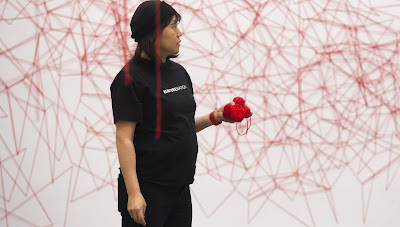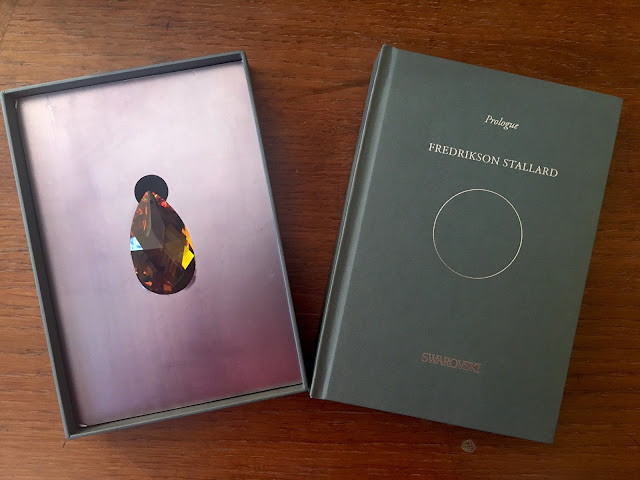Susan Hiller Interview | Time Out
Portrait: © Freire Barnes
I had the pleasure of visiting the influential American artist, Susan Hiller in her North London studio to talk about her first show at Lisson Gallery. Read the full interview here.
The show is an overview of your career but it shouldn’t be referred to as a retrospective?
‘It’s not a retrospective. There is a difference to being retrospective and looking back and a retrospective, which traditionally takes a form of chronological presentation of work to show development or lack of it. The reason I don’t think of it as a retrospective is things have been juxtaposed for reasons other than chronology.’
You originally studied anthropology. How and why did you become an artist?
‘I always wanted to be an artist, but by the time I was a teenager I became aware there were no women artists: none. Later, when I discovered some, they were always denigrated:“She’s the wife of so and so”. So unconsciously I was separated from my ambition to be an artist. At secondary school I found a little booklet called “Anthropology as a career for women” by Margaret Mead. Honestly no one had ever expressed anything interesting as a career to me as a woman. You could be a secretary, a teacher but an anthropologist? I didn’t even know what that was, it was so exotic and interesting. Then I went to a very prestigious and academic New England women’s college. They didn’t teach anthropology, but they had a very good art department. American universities don’t produce specialists, so I took a variety of subjects. I got out of college with this very broad background and no sense of vocation, so I went to New York for a year and took courses in life drawing, film and photography as well as anthropology courses in linguistics and archaeology. Because of this deeply internalised sense that as a woman I could not be an artist I went to postgraduate university and did anthropology. It was during a lecture I was giving on African art that I thought: this is ridiculous. I am not going to be an anthropologist. What can I say? It took me a long time.’
Initially you started to paint?
‘Yes. I had a couple of exhibitions but at the same time I was also interested in working in a different way which was with groups of people to do performative experiments, I suppose. I did pieces like dream mapping and street ceremonies, which were a subversive kind of performance because they didn’t have an audience, they only had participants. Then at a certain point I saw there was a dualism between art and anthropology, a dualism between the painting practice and the time-based practice and so I developed installations as a reconciliation of those two poles.’


